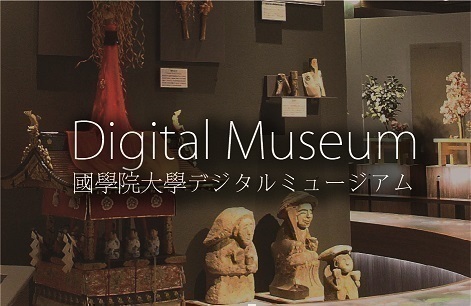- トップ
- Encyclopedia of Shinto
- Miare shinji, Mikage matsuri
Encyclopedia of Shinto
| Main Menu: | |
| Links: |
詳細表示 (Complete Article)
| カテゴリー1: | 5. Rites and Festivals |
|---|---|
| カテゴリー2: | Individual Shrine Observances |
| Title | Miare shinji, Mikage matsuri |
| Text | "Divine manifestation rite" and the Mikage Festival. A joint festival of the Kamowakeikazuchi (aka Kamigamo) and Kamomioya (aka Shimogamo) shrines, both located in Kita Ward, Kyoto City, Kyoto Prefecture. On May 15 there is a festival known as the Aoi ("hollyhock") Matsuri or Festival, so-called because hollyhock and katsura tree sprigs are used to decorate everything in the procession from the hair of the people participating to the oxen and horses. The miare rite is held as part of the run-up to that festival at Kamowakeikazuchi Shrine. Trees into which the kami are to manifest themselves are erected at the manifestation place. An enclosure is then made out of fresh brushwood to serve as a temporary sacred space (himorogi), and white sand is arranged into two cone-shaped heaps in front. The rite is conducted before the himorogi by five priests (shinshoku) on the night of May 12. The lights are extinguished and, after offerings are made, the miare (temporary manifestation of the kami) begins. The priests put what is known as the tsukami no goryō (lit., "the honorable aides for grasping") into their mouths. As they silently intone secret songs, the spirits move into five sakaki trees; these are then carried into and installed in the shrine's sanctuary (honden). Meanwhile, the Mikage Festival takes place at Kamomioya Shrine in Shimogamo on this day. A procession of horses that serve as votive offerings (shinme) goes to Mt. Mikage at the base of Mt. Hiei to greet the kami. The kami that have descended are placed on the horses and welcomed back at the main shrine. The Aoi Festival is divided into three parts: the rites at the imperial palace, the street rites (the procession), and the rites at the shrine. The famous grand procession leaves the Kyoto Imperial Palace in the morning and goes to Kamomioya Shrine. After the shrine rites, it heads to Kamowakeikazuchi Shrine before returning to the palace in the evening. The annual festival held April 24 at Kono Shrine in Miyazu City, Kyoto Prefecture is also called the Aoi Matsuri. Known as the sword-waving rite (tachi-furi shinji), swords three shaku long (about 90.9 centimeters) are enclosed inside poles four shaku long. Tassels of paper are attached to both ends of the poles, which are then positioned on the backs and at the hips of the performers and waved about. They also join in an accompanying festive song known as the sasa-bayashi. The livestock market held during this Aoi Festival is called the Aoi ushiichi ("Aoi cow market"). — Mogi Sakae |




